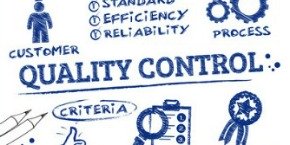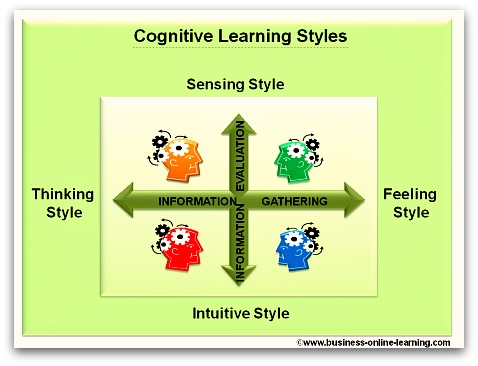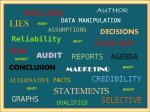What Are Business Process Maps?
Business Process Maps give you a clear perspective of what has to happen, when, how and by whom. There are no hard and fast rules to their appearance.
The person responsible for the Business Process Management should decide on the best mapping style suited to the business and the personnel involved.
Because it is a structured approach, this map will help to communicate the ideas and relationships in the company between different functions and roles, as well as how information can be gathered and dissipated. Having a structure or field layout like this will help, especially with report systems, accounts systems, risk management and so many more of your businesses governing systems.
You could refer to it as "getting the lay of the land". Knowing where everything is and how it relates to the other parts.
Note: It is well known that if any company can produce a layout like this to a potential customer, they have already won half the battle. This shows that the business is structured and on its way to great management systems, benefited by clarity of its approaches.
Example of a Business Process Map
This Map shows the relationship between the groupings of Processes:
It shows the framework into which all processes will fit.
Points to remember
These Maps cannot be documents that are “Set in cement”. They can only be "living documents". The maps serve to give an overview of the work to be done. We need to retain the ability to change and to change quickly.
Use clear, concise illustrations together with legends explaining the maps. Remember, it is important that everyone perceives the illustrations and the documents in the same way.
There are two main types of Process Maps involved:
- The Overview of the Processes shows how the main processes are interlinked to each other in a landscape style. You may call these the first tier of processes. You can use this opportunity too to highlight interrelationships between the processes, i.e. Financial connections, the Flow of Information, Risk elements and their interdependencies, etc.
- The mapping of the individual process. These Maps are used for second tier processes and may be defined as you deem appropriate. However it is vital that you use a defined set of guidelines to ensure uniformity and permit a common understanding of what is meant. These are more commonly known as Business Process Diagrams
The responsibility to do this lies in a Governing Process which lays down the means, methods and tools for the implementation of Business Process Management.
Business Online Learning Homepage ›
Business Process Management ›
Business Process Maps













 My name is Martha and I have worked for over 30 years in various aspects of business and in various countries, right around the world.
My name is Martha and I have worked for over 30 years in various aspects of business and in various countries, right around the world.